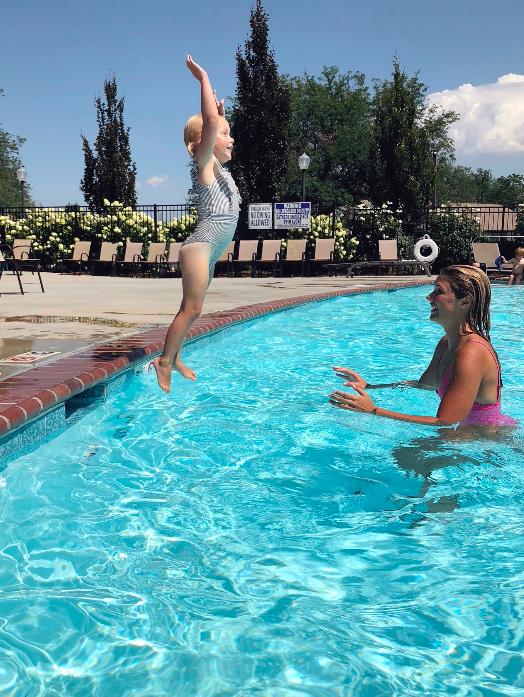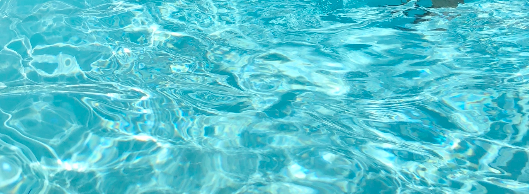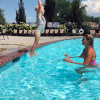You’re probably wondering why my post is called “how to swim”… seems a little basic, doesn’t it? Yeah, but it’s what i’m going to be talking about! Not only that, but I want to talk about how to teach kids to swim. I’ve gotten a few people ask me how to teach a baby to swim, or how to teach a toddler to swim. If people aren’t looking for help with teaching their child to swim, they want to know how to swim faster, or how to fix their stroke. In this blog post I want to address the basics of teaching kids to swim, but I’ll be writing about techniques for improving adult’s strokes later on!
Though, disclaimer, I have never given a baby swim lessons. Nor have I ever been to an actual swim school. Do they have those? I’m not really sure… all I know is that technically there were a lot of swimming classes near me (I grew up in Sacramento, CA), but I never formally took any actual swimming lessons.
HOWEVER, I have been swimming since I was pretty much a wee babe. That isn’t what gives me any credibility though… it’s the fact that I was on swim team from age 4 to 18. I also played water polo for 4 years (the sport where you tread water for a long time and fight people and everyone automatically thinks you’re a beast when in reality you just swim fast and don’t fight anyone… at least that’s how it was for me), and I loved it! I’ve also given swim lessons to friend’s kids sporadically throughout the years. So, I at least know a few things, and I want to help people to not only learn to swim, but to be confident in their abilities.
How To Teach Kids To Swim
The first step is obviously getting in the water. I see a lot of people try and force their children to enjoy swimming or to learn, so they drop them in the water and hope their instincts kick in and they learn by necessity. This is NOT an effective way to teach your child to swim! When you were learning to walk did your parents just drop you on the ground and walk away, expecting your walking instinct to kick in and you’d follow them wherever they went? I hope not, because learning to walk takes time. No matter what, learning to swim will take time. Granted, some are faster learners than others, but there is still a learning curve.
Accompany Your Child
Get in the water with them. Hold them tight so they feel secure, but let them explore the water with their arms and legs so they can get a feel for it. Next, I like to hold them by one of their hands and place the other on their tummy (Superman style) and ferry them around a bit. You do all the work, but they get the reward. Be careful not to get their face in the water yet… that comes next.
Blow Bubbles
This step is so important! On any given day at the pool, you can hear a swimming coach saying “blow your bubbles” to the child they are giving swim lessons to. You are teaching them to inhale air outside of the pool, and to exhale it into the water. I like to tell the kids it’s just like blowing out your birthday candles or blowing your food when it’s too hot. If the child is too afraid of the pool still, practice blowing bubbles in the bathtub first! Start with just their mouth in the water, and then have them put their entire face in the water. It helps to wear goggles! The Classic Swim Goggles from Speedo are great great for kids and don’t break easily, definitely worth the investment.
Jump!
Once the child is comfortable with blowing bubbles and getting their face wet, have them jump from the edge of the pool into your arms. Some kids are scared to do this, some are not. Be patient with your child if they don’t want to jump right away, and try to have an older child demonstrate. For the first few jumps, catch the child with their face above water. Once they become more accustomed, ask them to hold their breath because they are going to get their hair and face wet. If they are unwilling right off the bat, practice dunking (gently, of course) their head under water while holding them under their arms at the armpits. Once kids get the hang of this, it’s always what they want to do most!







